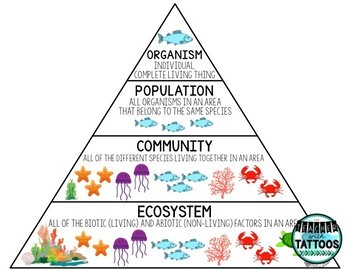All the white-tailed deer in the Texas Hill Country make up a _____, while all the plants and animals in the Texas Hill Country make up a _____.
population; community
What types of symbiotic relationship is it?
A leech feeds on blood from another animal.
Parasitism
According to this food web, what trophic level is the squid?
tertiary consumer
How are nutrients are cycled through the biosphere?
The nutrients in an ecosystem are used by producers to make food, passed to consumers, and released into the soil by decomposers for reuse.
Hurricanes, floods, tornadoes, volcanoes, and wildfires are examples of _____.
natural disasters

Advantageous or disadvantageous variation?
Rabbits develop a white fur coat while living in an ecosystem with snowy winters.
Advantageous
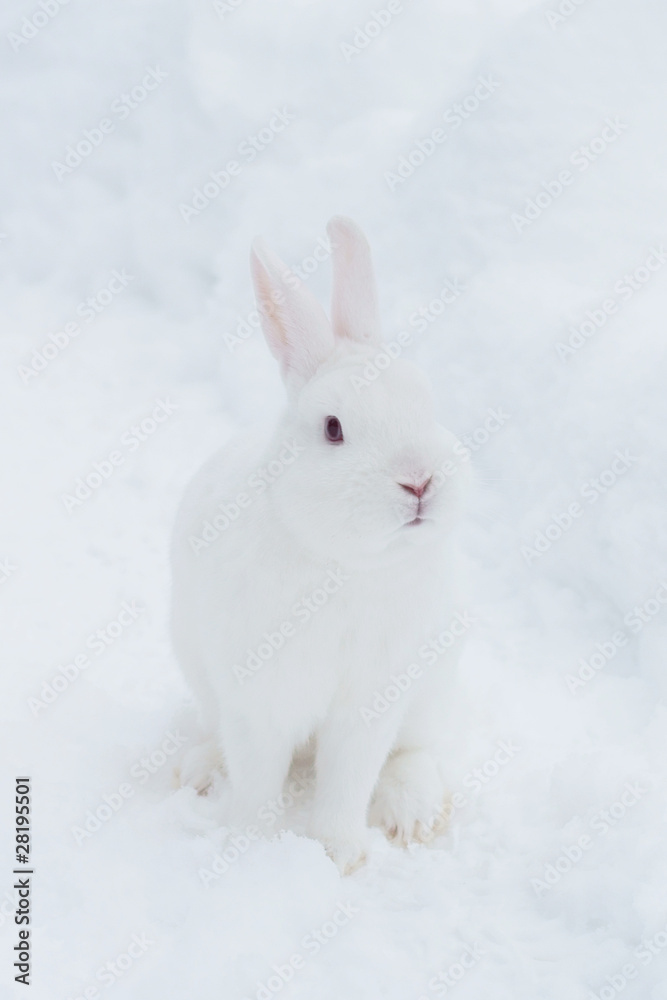
Symbiotic or predatory?
An owl eating insects
Predatory
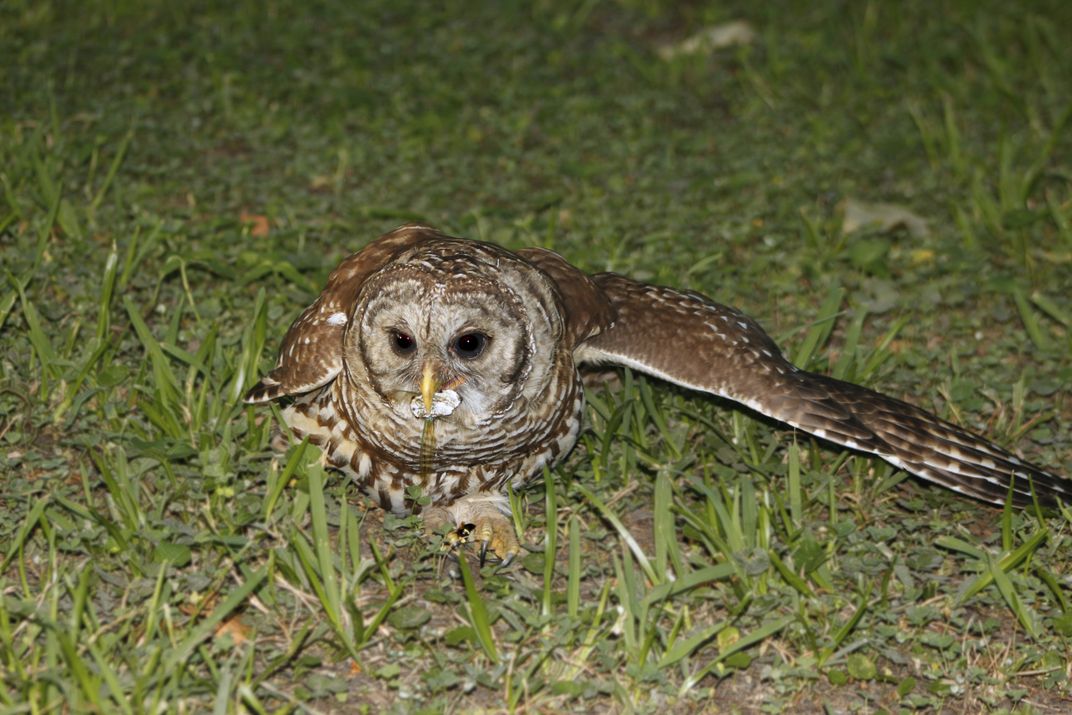
What is one correct flow of energy through this food web, that goes through at least four organisms?
tree → elephant → cheeta → lion
tree → giraffe → cheeta → lion
grass and shrubs → ant → gazelle → lion
grass and shrubs → ant → gazelle → caracal → lion
grass and shrubs → grasshopper → caracal → lion
grass and shrubs → mouse → caracal → lion
Why are nitrogen, phosphorus, and sulfur are needed within the biosphere?
They are nutrients needed by organisms to carry out important life processes.
Bees are vital to the ecosystem because they are the predominant pollinators of flowering plants in nature. Bees are considered a(n) _____ because without them many plant populations would _____, and the ecosystem would be more _____.
keystone species; decrease; unstable
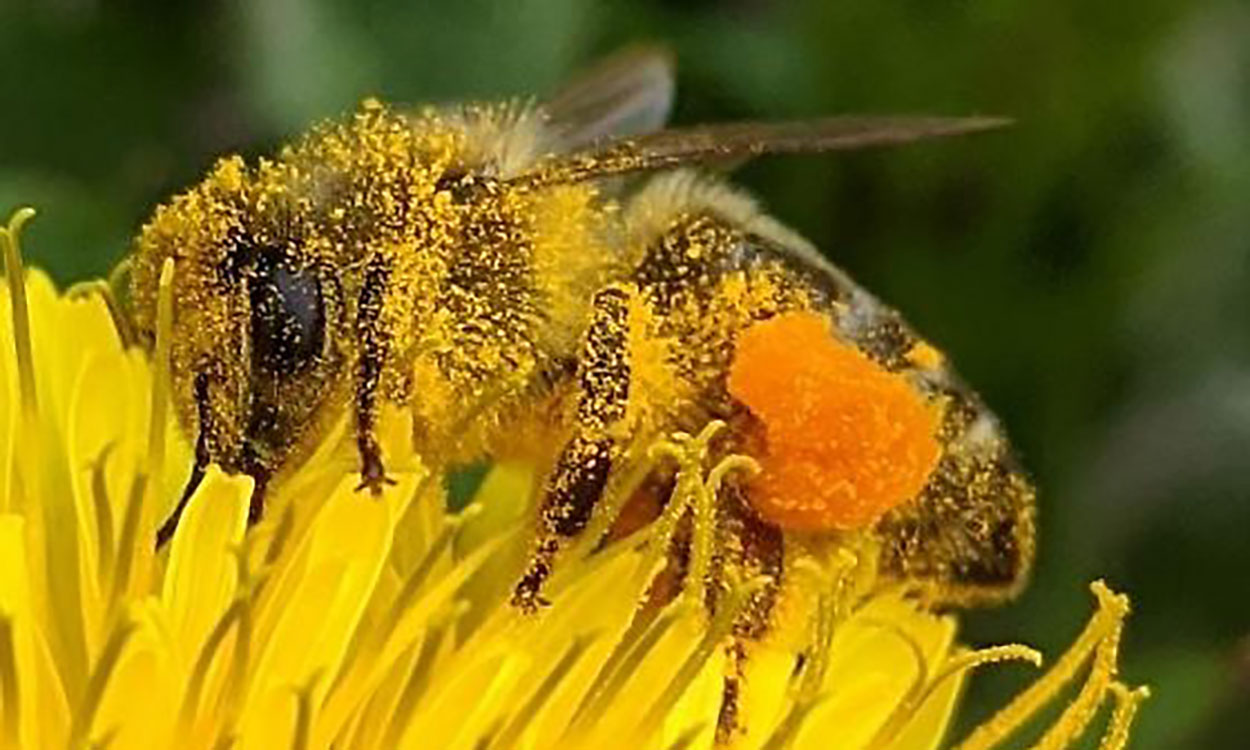
What is the correct order for the hierarchy of an ecosystem from lowest to highest?
Organisms, populations, communities, ecosystem
What types of symbiotic relationship is it?
A remora fish cleans a shark while the shark transports the remora.
Mutualism
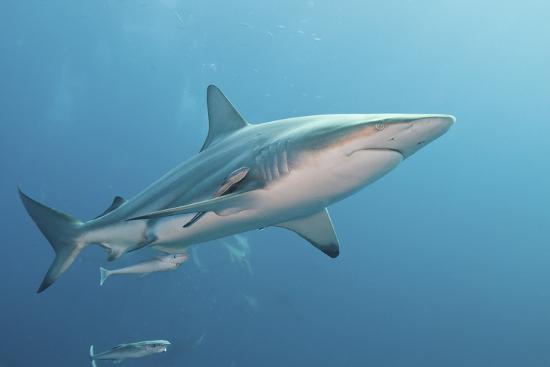
According to the food web, what trophic level are the diatoms?
producer
Carbon compounds are released back into the soil when _____ break down the waste or remains of organisms.
decomposers
If a wildfire occurs within a forest, the loss of vegetation leads to _____.
loss of habitat
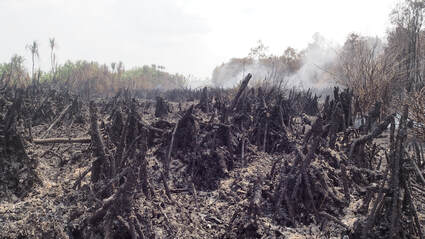
Advantageous or disadvantageous variation?
Rabbits develop a dark brown fur coat while living in an ecosystem with snowy winters.
Disadvantageous
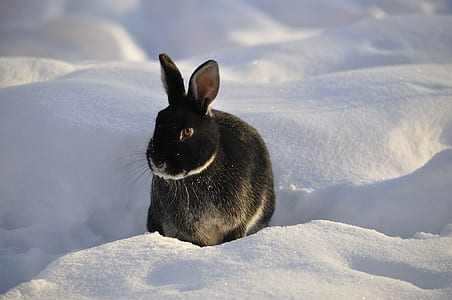
Organisms in an ecosystem have specific roles, also known as _____. Organisms in the same area may compete for _____.
niches; limited abiotic and biotic resources
Which organisms have the most energy in the ecosystem and are essential to the transfer of energy within the food web?
Plants = producers = autotrophs

The change from a liquid to a gas is _____, and the change from a gas to a liquid is _____.
evaporation; condensation
In the diagram, which organism is the keystone species?
The gray wolf, because it controls the stability of the entire food web
Advantageous or disadvantageous variation?
A fish that blends in with the rocks around it
Advantageous

What types of symbiotic relationship is it?
A tree frog uses plants for shelter without causing damage to the plant.
Commensalism

According to the food web, what trophic level are the copepods?
primary consumer
How do consumers and producers cycle oxygen?
Producers release oxygen during photosynthesis, and consumers inhale oxygen.

After habitat loss some organisms relocate to new areas, which leads to _____ and a decrease in _____.
changes in population size; food sources

